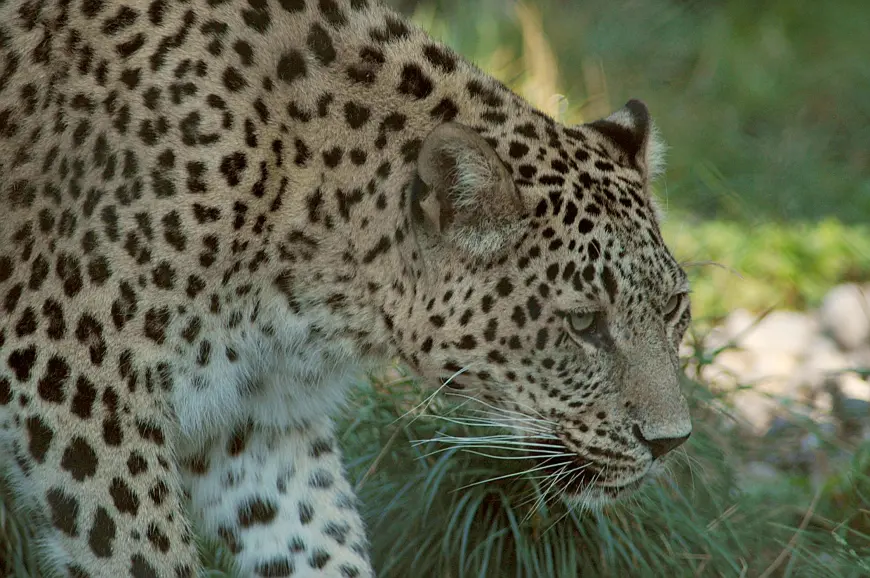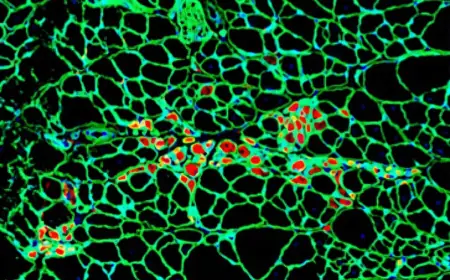The Aladag Leopard — Pride of Our Mountains

The Aladag leopard, a member of the feline family, is the largest wild cat found in our country. Its body length ranges from 130 to 180 cm, and it can weigh up to 70 kg. It has short, rounded ears that give it a distinctive appearance. The tail measures between 95 and 116 cm. The leopard's body is robust, with particularly strong forelimbs. Its fur is dense and short, featuring a spotted pattern that varies from light brown to reddish hues.
Leopards are solitary animals throughout most of the year, coming together only during the mating season. A female typically gives birth to 2–3 cubs in the spring, which stay with her for 12 to 15 months. Their primary habitats include the Greater and Lesser Balkan Mountains, the Kopetdag range, and the Badhyz State Nature Reserve. These areas provide the necessary conditions for their survival and reproduction.
Since the 1980s, scientific studies have indicated a stable population. In recent years, the use of camera traps has allowed for more accurate monitoring of leopard numbers and behavior. Observations have confirmed the presence of both adult leopards and cubs, indicating healthy reproduction rates.
During the summer, leopards inhabit areas near the reserve's infrastructure and natural springs. From autumn to May, they are frequently spotted in the pistachio forests of Agarcheşme and Kepele, as well as the rocky regions of Yeroýlanduz and Gyzyljar.
Despite being powerful predators, leopards face threats from other animals. When a mother leaves her cubs to hunt, they may be vulnerable to attacks by hyenas or wolves. Leopards primarily prey on gazelles, kulans, deer, porcupines, and occasionally smaller mammals and birds. They hunt by stalking or ambushing their prey and mark their territories with scent markings, which they refresh regularly.
Male leopards patrol territories of 30–45 thousand hectares, while females cover about 15 thousand hectares. Interestingly, leopards do not tear apart their prey but store leftovers in trees to consume later. Although they appear formidable, leopards tend to avoid human contact, especially when with cubs or near their kills.
The Aladag leopard is listed in the Red Books of Turkmenistan and the International Union for Conservation of Nature. Hunting them has been prohibited since 1969. Thanks to conservation efforts, we have the means to protect and preserve this magnificent animal.



























